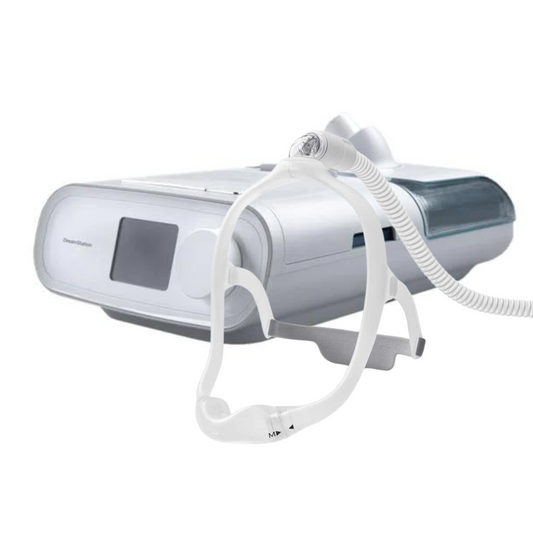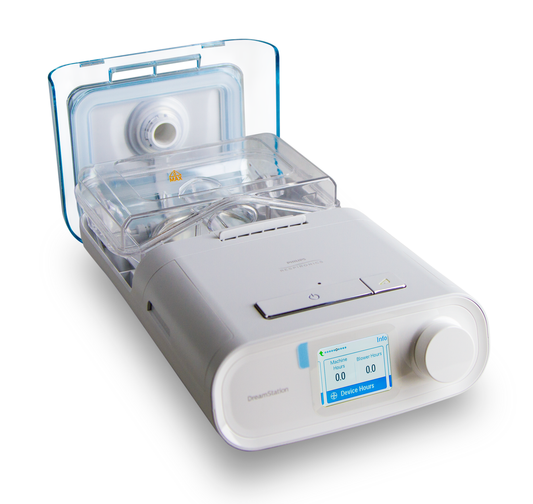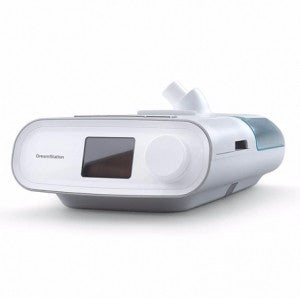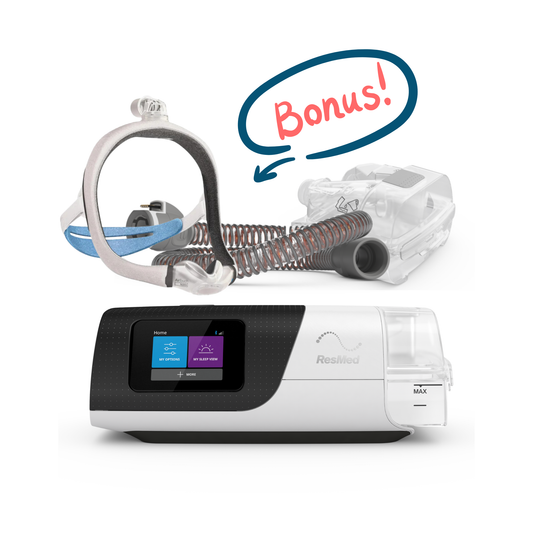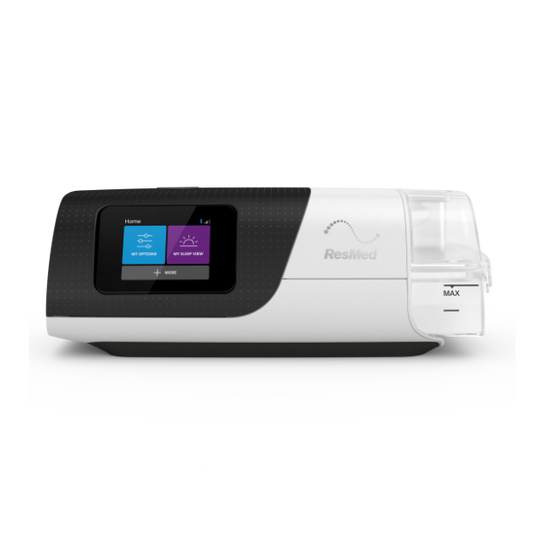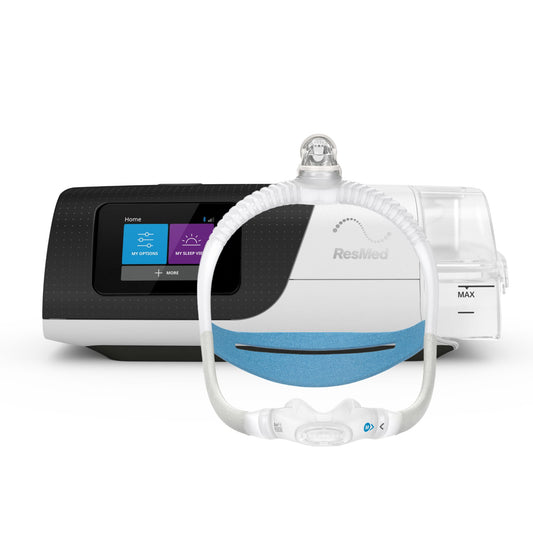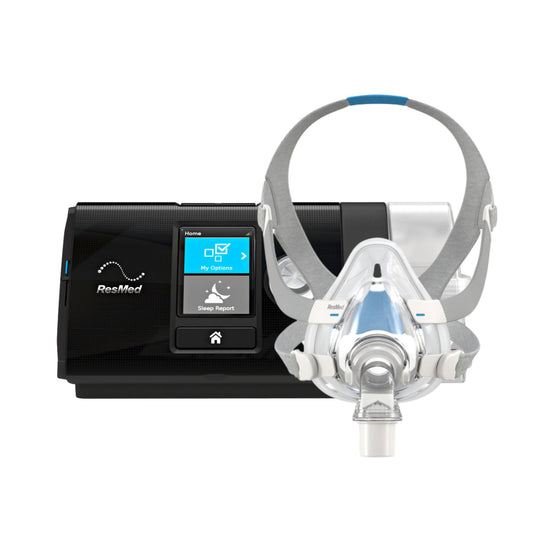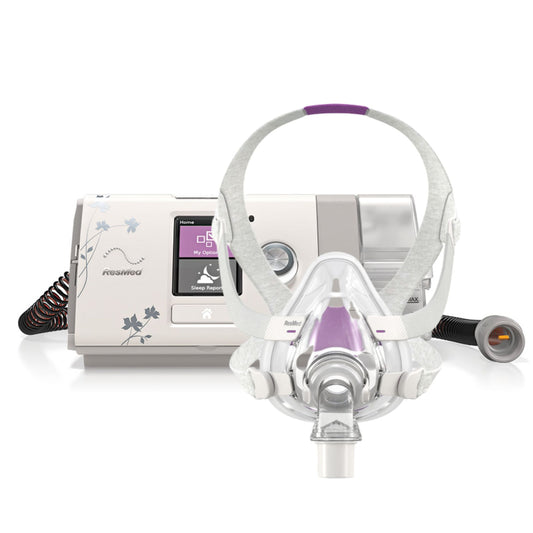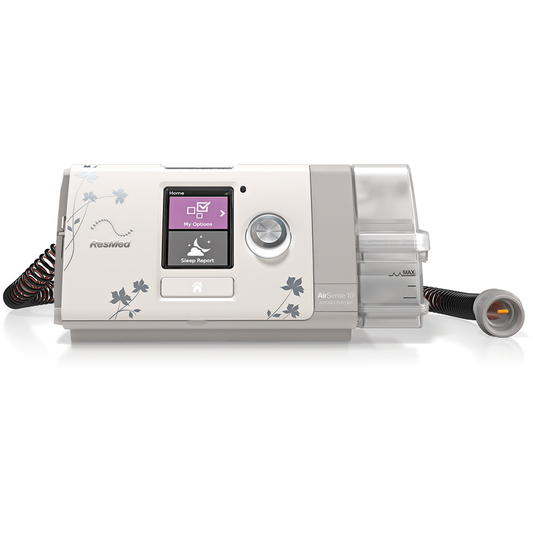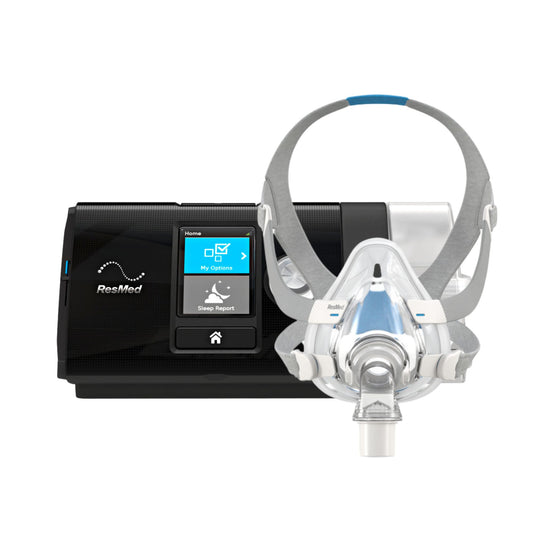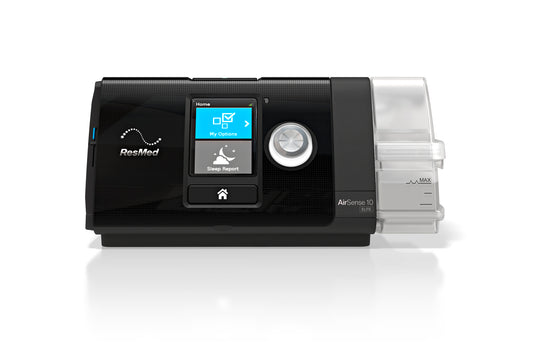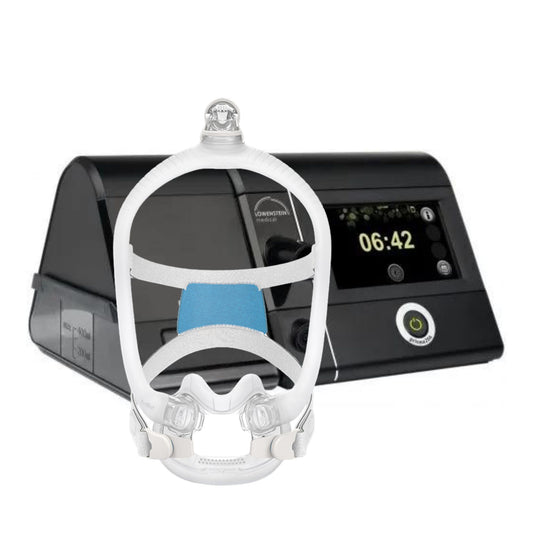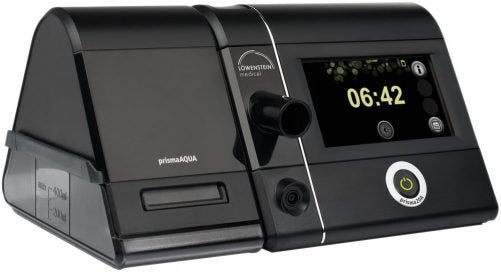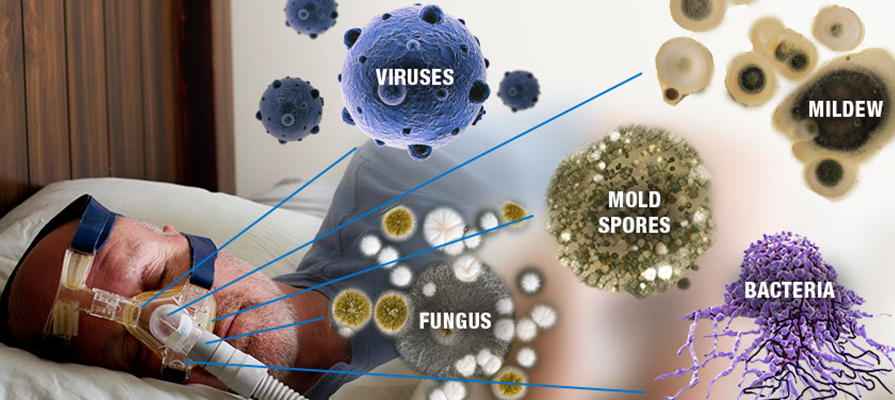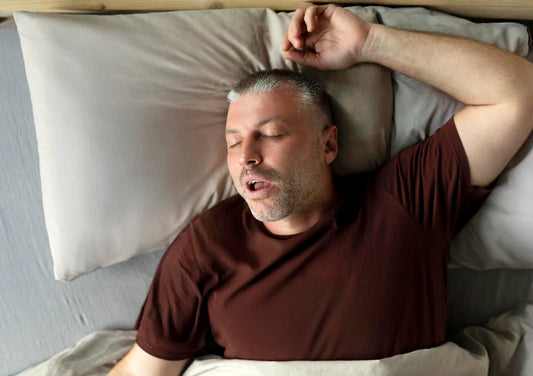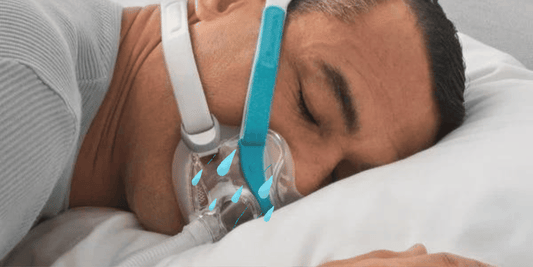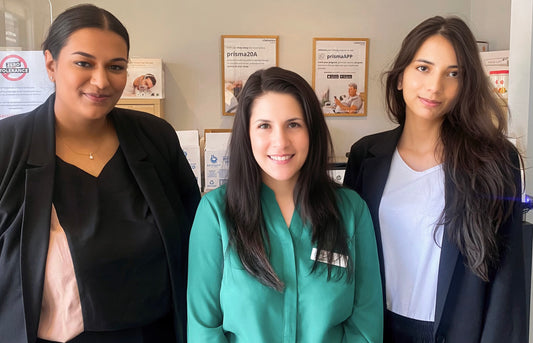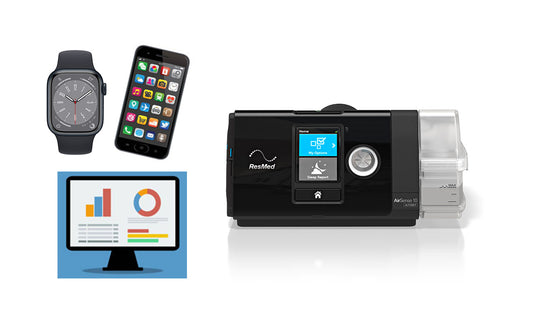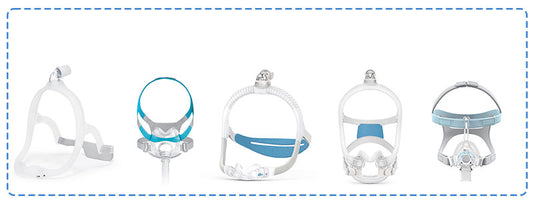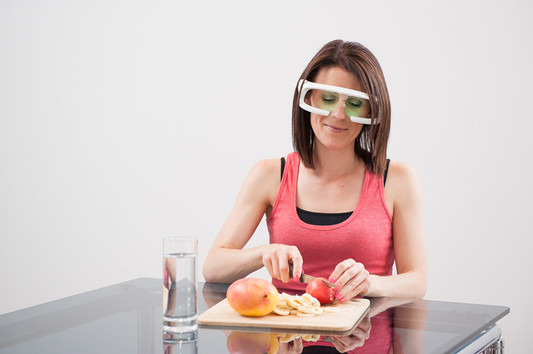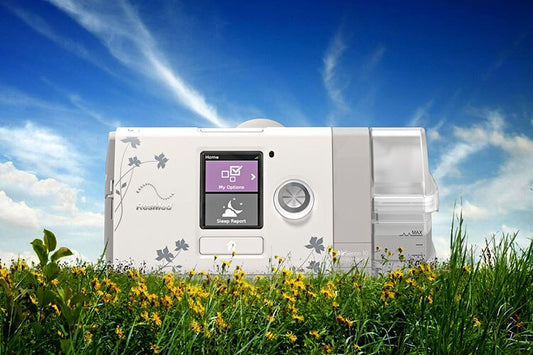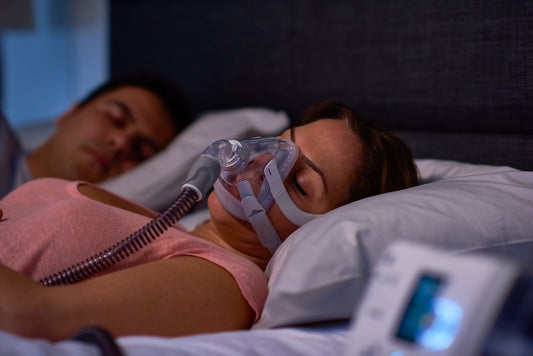Continuous Positive Airway Pressure (CPAP) therapy is a top-notch treatment for sleep disorders like obstructive sleep apnoea. One of the initial concerns for many users is the risk of infections when using the CPAP mask. Is this a genuine worry? Let’s dive into it.
Possibility of Bacteria Growth
When you first unbox a new CPAP machine, all its components are sterile, free from harmful bacteria. However, once you start using it, bacteria from your mouth and nose can linger in the mask and tubing. If you’re the sole user, your risk of infection is very low. But sharing a CPAP machine increases the chance of transferring bacteria or viruses between users.
Doctors have reported no cases of upper respiratory infections directly linked to CPAP machine use. However, a dedicated study on this is still pending. Some users have experienced eye irritation and ulceration due to air leaks from the mask.
Interestingly, regular CPAP use can reduce inflammation and lower the risk of nasal passage infections.
Possibility of Mold Growth
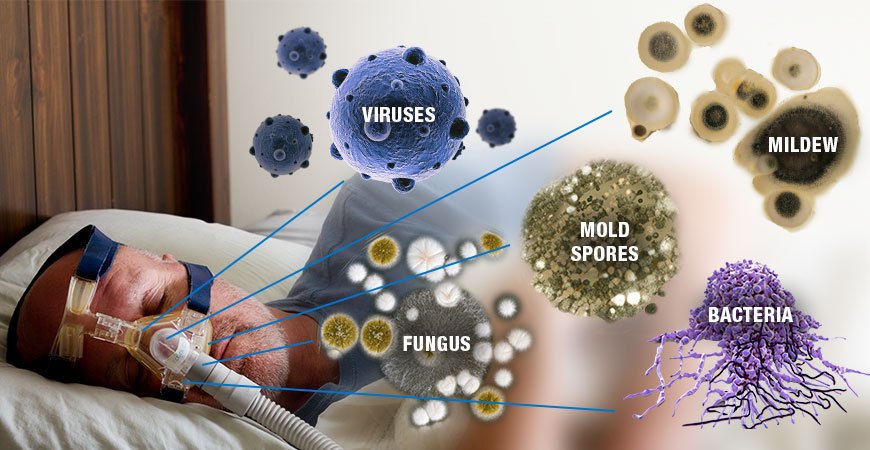
CPAP machines often feature a humidifier and heated tubing that delivers moist, warm air, helping to prevent dry mouth and nose. While this improves comfort and tolerance to CPAP therapy, it can also create an environment where mould, yeast, and fungi can thrive.
These harmful organisms could potentially be inhaled, leading to airway and lung irritation, and in severe cases, conditions like pneumonitis, bronchitis, and pneumonia. Proper cleaning can prevent the growth of these dangerous organisms.
Proper CPAP Care

Preventing bacteria and mould growth is simple with regular cleaning and maintenance. Here’s how:
- Daily Cleaning: Clean the CPAP machine and its parts daily, or at least after each use, with dish soap and hot water. In some environments, a weekly cleaning might be enough.
- When Sick: If you have a cold, cough, or flu, it’s crucial to clean the device, tubing, and mask thoroughly with soap and hot water.
- Drying: After cleaning, make sure all parts are thoroughly dried. Moisture left in the equipment can encourage mould growth. Using heated tubing and a humidifier can help reduce condensation.
- Regular Replacement: Follow the manufacturer’s recommendations for replacing machine parts. Clean filters can significantly reduce the spread of viruses or bacteria.
- Water Quality: Use distilled or purified water in the humidifier, especially if your local water supply isn’t completely safe.
- No Sharing: Never share CPAP masks, as this can spread infections.
- Avoid Second-Hand Equipment: Do not buy used CPAP machines or parts, especially tubing and masks.
By following these straightforward steps, you can ensure your CPAP therapy remains safe, effective, and comfortable.
Enquire about our 30 Day Risk-Free CPAP trial
Call us now for a consultation. 1300 750 006
